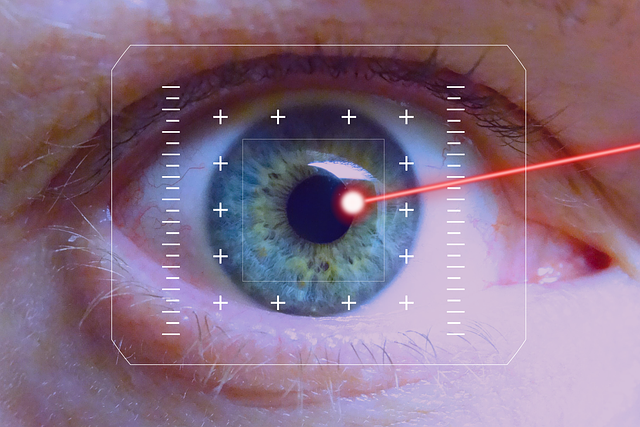Farsight wrote:Time is a velocity-dependent subjective measure of event succession rather than something fundamental – the events mark the time, the time doesn’t mark the events. This means the stuff out there is space rather than space-time, and is an “aether” veiled by subjective time.
I like your definition of time. It is close to my own view that time is “unreal.” It is possible to treat space as real and space-time as something different, as you do. This calls for some careful thought. I will outline my thinking in this post and illustrate it with an example, if my friends don’t pull me out for lunch before I can finish.
The first question we need to ask ourselves is why space and time seem coupled? The answer is actually too simple to spot, and it is in your definition of time. Space and time mix through our concept of velocity and our brain’s ability to sense motion. There is an even deeper connection, which is that space is a cognitive representation of the photons inputs to our eyes, but we will get to it later.
Let’s assume for a second that we had a sixth sense that operated at an infinite speed. That is, if star explodes at a million light years from us, we can sense it immediately. We will see it only after a million years, but we sense it instantly. I know, it is a violation of SR, cannot happen and all that, but stay with me for a second. Now, a little bit of thinking will convince you that the space that we sense using this hypothetical sixth sense is Newtonian. Here, space and time can be completely decoupled, absolute time can be defined etc. Starting from this space, we can actually work out how we will see it using light and our eyes, knowing that the speed of light is what it is. It will turn out, clearly, that we seen events with a delay. That is a first order (or static) effect. The second order effect is the way we perceive objects in motion. It turns out that we will see a time dilation and a length contraction (for objects receding from us.)
Let me illustrate it a little further using echolocation. Assume that you are a blind bat. You sense your space using sonar pings. Can you sense a supersonic object? If it is coming towards you, by the time the reflected ping reaches you, it has gone past you. If it is going away from you, your pings can never catch up. In other words, faster than sound travel is “forbidden.” If you make one more assumption – the speed of the pings is the same for all bats regardless of their state of motion – you derive a special relativity for bats where the speed of sound is the fundamental property of space and time!
We have to dig a little deeper and appreciate that space is no more real than time. Space is a cognitive construct created out of our sensory inputs. If the sense modality (light for us, sound for bats) has a finite speed, that speed will become a fundamental property of the resultant space. And space and time will be coupled through the speed of the sense modality.
This, of course, is only my own humble interpretation of SR. I wanted to post this on a new thread, but I get the feeling that people are a little too attached to their own views in this forum to be able to listen.
Leo wrote:Minkowski spacetime is one interpretation of the Lorentz transforms, but other interpretations, the original Lorentz-Poincaré Relativity or modernized versions of it with a wave model of matter (LaFreniere or Close or many others), work in a perfectly euclidean 3D space.So we end up with process slowdown and matter contraction, but NO time dilation or space contraction. The transforms are the same though. So why does one interpretation lead to tensor metric while the others don’t? Or do they all? I lack the theoretical background to answer the question.
Hi Leo,
If you define LT as a velocity dependent deformation of an object in motion, then you can make the transformation a function of time. There won’t be any warping and complications of metric tensors and stuff. Actually what I did in my book is something along those lines (though not quite), as you know.
The trouble arises when the transformation matrix is a function of the vector is transforming. So, if you define LT as a matrix operation in a 4-D space-time, you can no longer make it a function of time through acceleration any more than you can make it a function of position (as in a velocity field, for instance.) The space-time warping is a mathematical necessity. Because of it, you lose coordinates, and the tools that we learn in our undergraduate years are no longer powerful enough to handle the problem.


